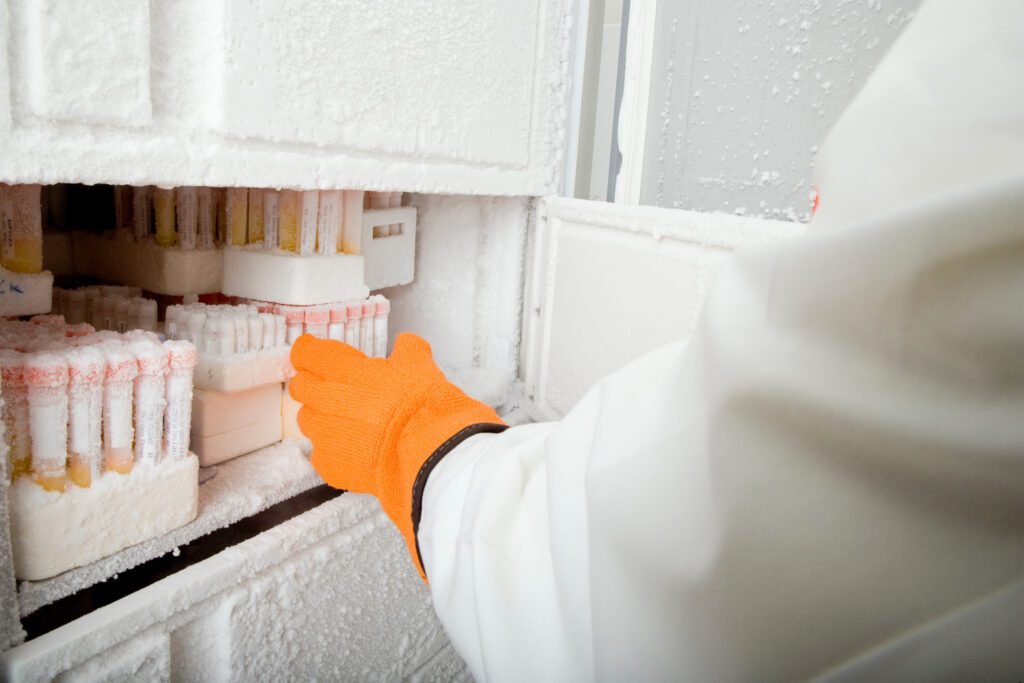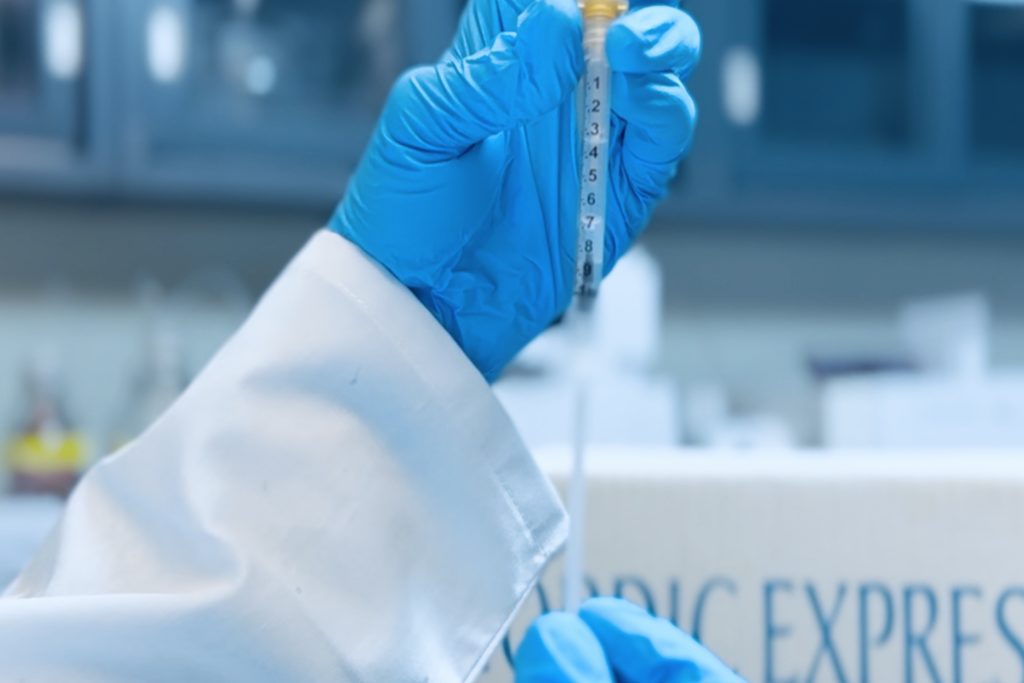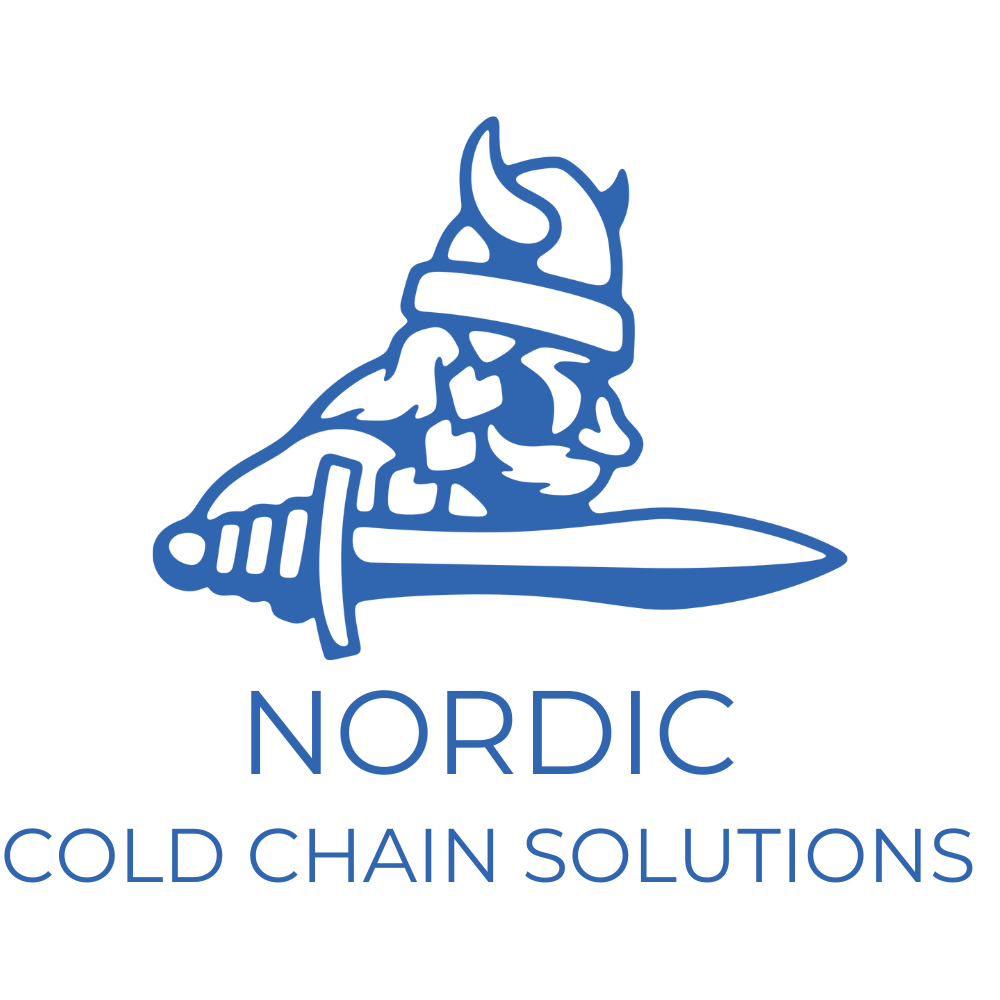When it comes to the transportation and storage of temperature-sensitive products, cold chain package lab testing is a key requirement. It ensures that your shipping container or material packaging can withstand extreme temperatures from -20⁰C/-4°F to +70°C/+158°F while preserving the product’s original condition. Cold chain testing also prevents spoilage due to overheating and moisture leakage during transit, safeguarding against costly losses. To help you understand when and how you should conduct this critical test, this article dives into what exactly is involved with cold chain package lab tests and outlines best practices for successful testing results every time.
When is Lab Testing Required?

Cold chain testing is required in order to ensure that temperature-sensitive products are maintained at the appropriate temperature range throughout their shelf life. This is important for food, drugs, and pharmaceuticals, as well as other items that require a specific temperature range for optimal usage or effectiveness.
Cold chain testing should be conducted whenever changes occur in a product’s environment or supply chain route that could affect its temperature requirements. It should also be conducted at regular intervals to monitor the quality of products being stored, shipped, and delivered. Additionally, any new technological developments in terms of packaging materials or storage vessels should also be tested to ensure they meet cold chain standards.
There are various methods used to conduct cold chain tests, including continuous monitoring systems (CMS), environmental chambers with automated data logging capabilities, and, most importantly, spot-checking procedures such as physical inspections of equipment conditions or verifying documents related to a shipment’s temperatures during transit. Each method has its advantages and limitations depending on the type of product being tested, so it is important for organizations to choose the best method suitable for their particular needs before proceeding with testing activities.
The main objective of lab testing is to ensure that businesses adhere to Good Distribution Practices (GDP) guidelines outlined by regulatory agencies like the Food & Drug Administration (FDA). The FDA requires all players in the cold chain system—manufacturers, shippers, and receivers of products—to meet specific standards for temperature control throughout the supply management process.
How to Handle Lab Testing?

Cold chain lab testing is a critical part of ensuring the integrity and safety of products during transport. In order to properly handle lab testing, here are some key steps:
- Ensure proper temperatures with monitoring equipment – All refrigerated or frozen items must be monitored for temperature fluctuations throughout their journey from production to the store shelves. To ensure this, invest in temperature sensors and probes to monitor your product’s environment over its travel duration; these should be placed at specific points throughout the cold chain process, such as near pallets, trailers, docks, etc.
- Utilize thermal packaging – Thermal insulation materials provide a secondary layer of protection against temperature changes in storage containers such as cartons or reusable insulated shipping boxes. This helps keep temperatures more consistent regardless of outside conditions – whether it’s extremely hot or freezing cold!
- Check documentation regularly – Documentation is key in tracking each product’s movement along its journey so you may identify and rectify any temperature issues that may occur during transport quickly and accurately. This is especially true if you have multiple shipments traveling under one manifest document – always check for any discrepancies between given times and actual delivery times when cross-checking documents against your data loggers/temperature monitors!
- Report non-compliance immediately if found – For every shipment taken out within a certain time frame (usually 72 hours), re-calibrate thermometers used for checking temperatures on-site upon arrival for accuracy (it’s best practice even though it doesn’t necessarily guarantee full compliance). Once calibrated, compare results from both monitors against data from each shipment within this designated period; if anything appears amiss, then contact authorities immediately!
Following these steps can help ensure the smooth handling of cold chain lab testing while keeping products safe during transportation — something that can help bolster customer trust and prevent possible contamination risks along the way!
Bottom Line

Cold Chain Testing is essential for any company shipping perishable and temperature-sensitive goods that need to reach their destination in perfect condition. It’s the only way to ensure the safety, quality, and efficacy of your products. By understanding when cold chain testing is required and how you can handle it, you will be able to make the right decisions at the right time.
Cold chain testing is a complex process that requires skill and diligence. While there are multiple solutions to choosing the best cold chain testing for your product, conducting an in-depth risk assessment can help you narrow down the field. Additionally, partnering with a trusted expert in the industry, like Nordic Cold Chain Solutions, can ease a great deal of stress and provide valuable insight into your specific needs.
We at Nordic specialize in reliable cold chain solutions that are tailored to suit your particular project requirements.
Reach out to us today! We look forward to helping you find the right solution for your business!







